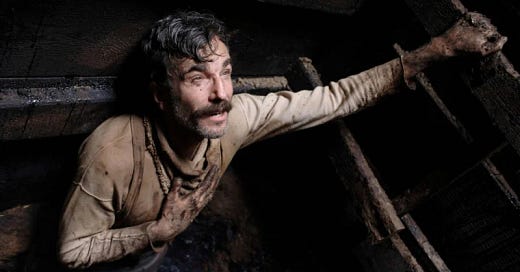Dialogue
In natural conversation, people speak at cross purposes, often asking the same question repeatedly. They might be repressed, saying one thing but meaning another.
Sometimes, good dialogue sounds like multiple conversations happening at the same time – two or more people speaking with themselves as much as they are with another person.
Work out what a character wants from another, what they need them to know or not to know. Hide the motivation; an invective about not helping with the housework is really a plea for more intimacy.
Opening Scenes
Whether you’re writing prose, a play or screenplay, the opening scene, even the opening line of dialogue, should announce the theme of your story.
To take an example from a film, Noah Baumbach’s The Squid and the Whale opens on a tennis match between a warring husband and wife and their two young sons.
The opening line is delivered by the youngest son, the film’s protagonist. He says; “Mom and me versus you and dad.”
He’s referring to a game of doubles tennis, but of course this is the film’s grand theme; the parents are separating and the sons are taking sides.
In Paul Thomas Anderson’s masterful There Will Be Blood, the opening sequence has barely any dialogue at all. The character of Daniel Plainview, played by Daniel Day Lewis, falls down a shaft in search of oil, breaks his leg, and has to haul himself out.
This five-minute sequence does so much in establishing who we’re dealing with. Plainview is a man with a singular purpose, to unearth oil. At the bottom of the hellish pit, his body broken, he rifles through the crumbles of dynamite-blasted wall and draws out a hunk of silver ore. “There she is, there she is”.
The desire of the character is instituted. We, having witnessed his wretched fall and rebirth, are invested.
Tension as a Form of Inflation
I was once told by an editor that tension in a story is like blowing up a balloon.
A character tells a lie or discovers a secret; something is revealed that shifts our hero’s interpretation of reality, the first beat in the uncovering or a larger conspiracy. These are puffs of air in your balloon.
As soon as you answer any of the questions posed by the initial puffs of air – your character confronts another about the secret, the conspiracy is explained – your story deflates.
Of course, you will need to answer most if not all of the questions you pose eventually – your characters will have to come into conflict with one another - but the trick is to withhold answering them for as long as possible.
Map out as many beats as you can between the beginning of a problem and its conclusion. Let things fester and become more chaotic. Compound tribulations, complicate them, and make your characters behave in unpredictable ways.
Carlo Kureishi





This was a very interesting read. It has me thinking about the ways good books start. And it will have me going to the shelves to open a bunch to the first page and check.
So useful in writing my final clinical paper to train as a psychoanalyst!
Thank you